The birth of the Bren Ten is directly linked to the birth of the 10mm. Without one, we wouldn’t have the other, which is great because I love the 10mm.
The Bren Ten had a lot going for it and had tons of hype, but then it crashed and burned.
Today we are going to explore what happened to the Bren Ten.
Table of Contents
Loading…
The Mighty Bren Ten
The year is 1983. Hair is big, pants are high, and the music is synth-heavy.
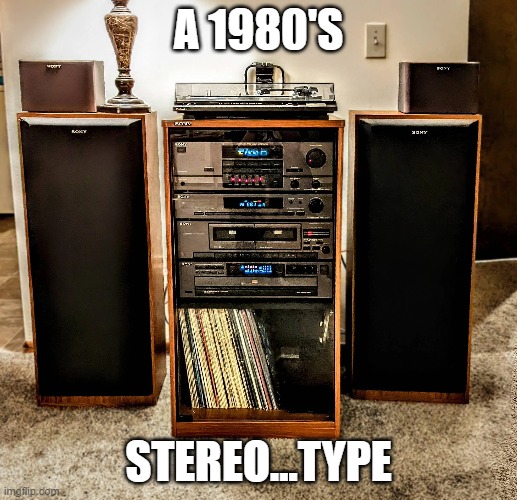
In the firearms world, particularly the police world, it’s either .38 Special, .45 ACP, or 9mm. But apparently, those weren’t good enough.
The 10mm and the Bren Ten came to be because of a convergence of famed instructor Jeff Cooper, firearms company Norma, and a company called Dornaus and Dixon Enterprises.
Between these three, the development of the 10mm and Bren Ten began in 1983.
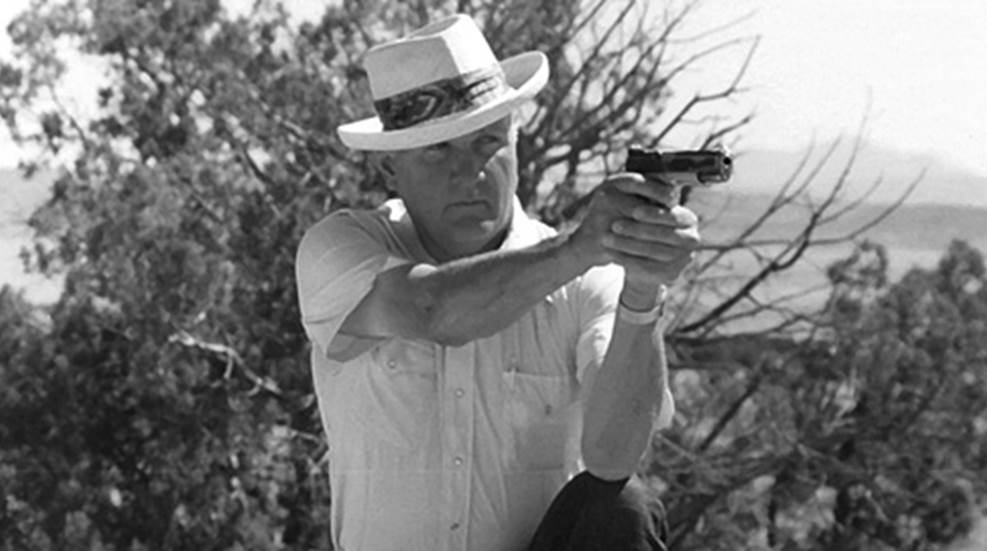
Its name is a throwback to the famed Bren light machine gun. But you might be asking, “Why would a 10mm pistol be named after a .303 Enfield light machine gun?”
The Bren gun, specifically the ZB vz. 26, was manufactured in the Czech city of BRNO. The BR from Brno combined with the EN from Enfield to make the Bren.
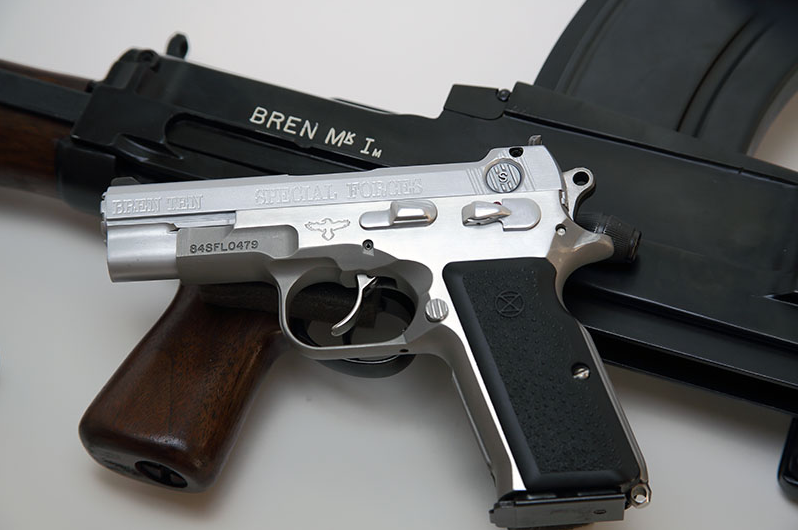
A Czech-based name was chosen because the gun was largely based on the famed CZ 75. Sprinkle in the fairly obvious Ten to designate 10mm, and we get the Bren Ten.
In Dornaus and Dixon’s own words, they intended the Bren Ten to be the successor to the Colt M1911. With the legendary Jeff Cooper backing them, it seemed possible.
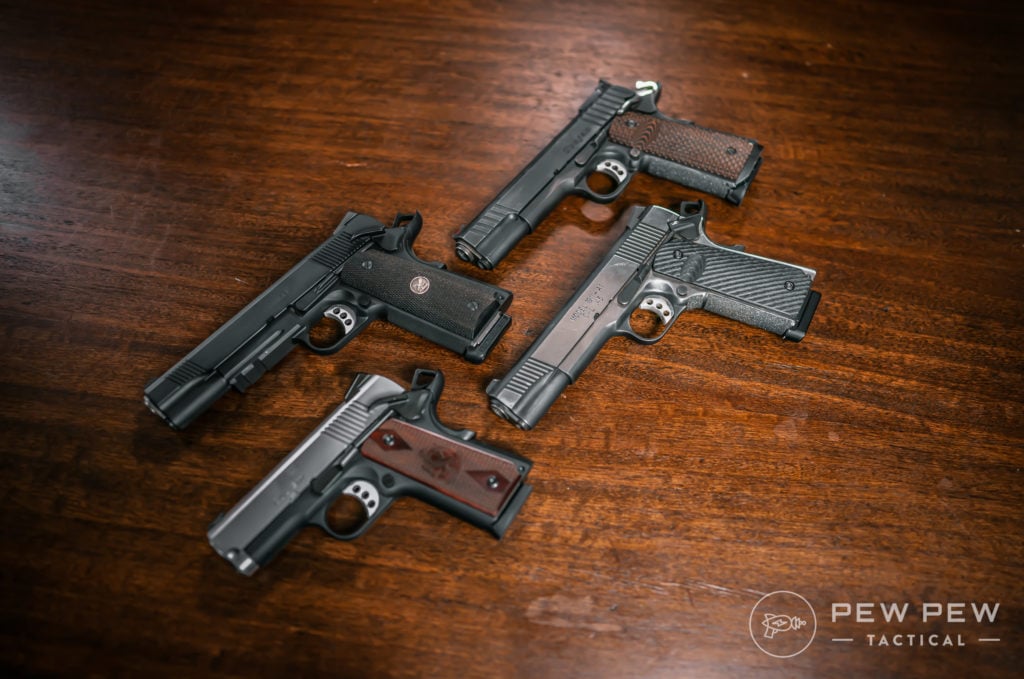
This is from the Dornaus and Dixon 1984 catalog:
Dornaus & Dixon Enterprises was formed in December 1979 with the combined efforts of two men, Thomas F. Dornaus and Michael W. Dixon, who had decided to build what they hoped would be the heir to the Colt .45 Auto.
In January 1980, they went seeking advice from the most knowledgeable sources available. This effort naturally led to Jeff Cooper. Upon seeking his advice, it was discovered that Jeff Cooper, likewise, was working on such an arm.
It was decided that Dornaus & Dixon and Jeff Cooper would join forces, with Jeff Cooper providing conceptual design criteria, as well as technical advice based on his vast practical experience, and Dornaus & Dixon providing the engineering, development, manufacturing, and marketing expertise.
To retain his professional objectiveness, Jeff Cooper is not an employee of Dornaus & Dixon Enterprises, nor does he have any authority in the manufacturing of the Bren Ten.
Into the Bren Ten
The Bren Ten used the basic CZ layout but with a fair bit of modifications.
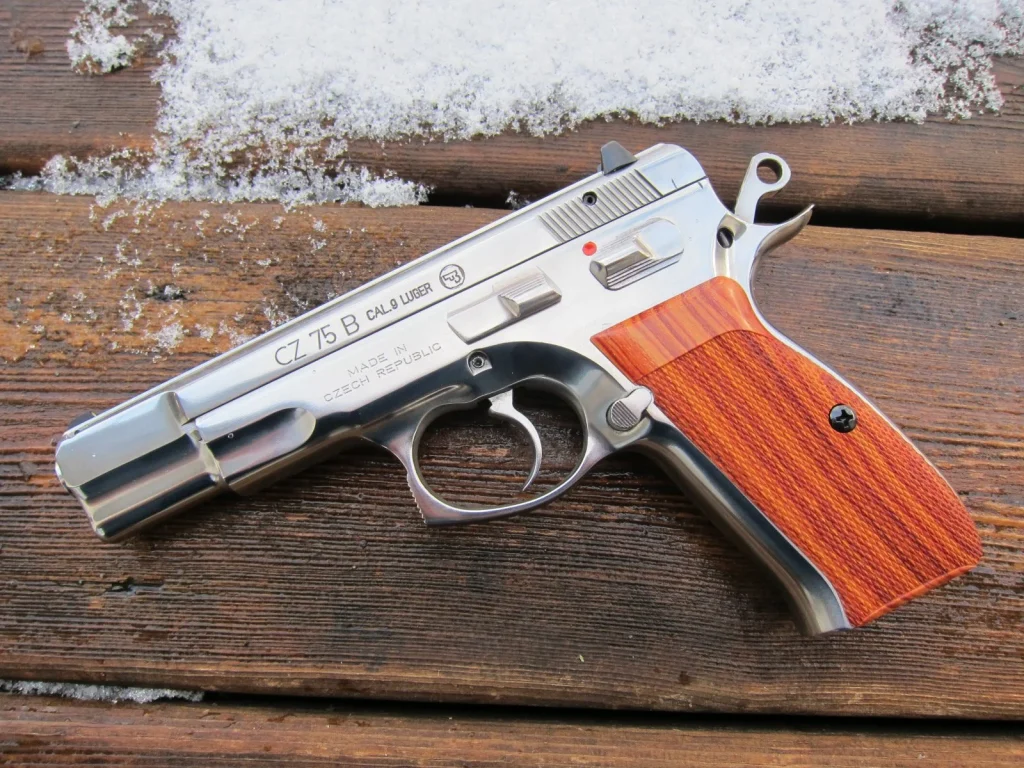
It utilized a double-action, single-action design with a frame-mounted safety and had a standard capacity of ten rounds of 10mm in a box magazine.
Ten-round magazines were the production mags, but it’s worth mentioning that in the 1981 issue of Soldier of Fortune, Ken Hackathorn said his prototype held 12 rounds of 10mm.
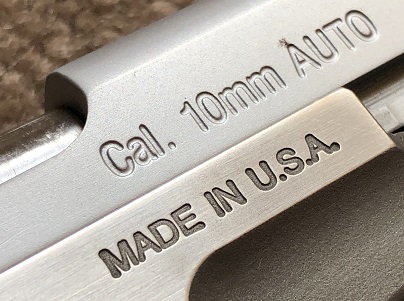
The magazine could drop freely or pop out halfway depending on how the user sets the “selective magazine catch.” Drop-free magazines meant a faster reload, but retaining magazines was easier when set to only pop out halfway.
It also sported a CZ-style manual safety that allowed for locked and cocked carry, as well as a cross-bolt safety that locked everything up.
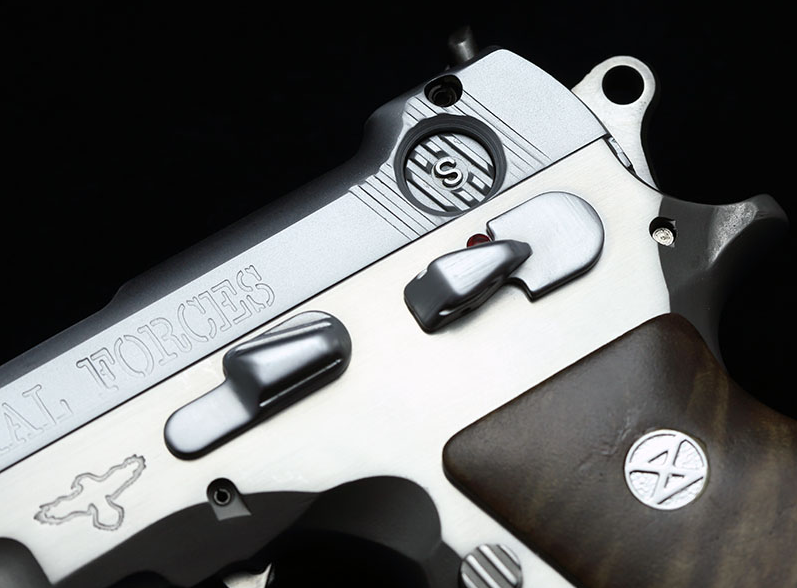
The safety could be swapped for lefty use. According to Cooper, it had also been trimmed, melted, and dehorned for a smoother draw.
Another feature called Power Seal rifling supposedly offered more velocity and higher accuracy. The weapon also had an adjustable rear sight and a lanyard loop.
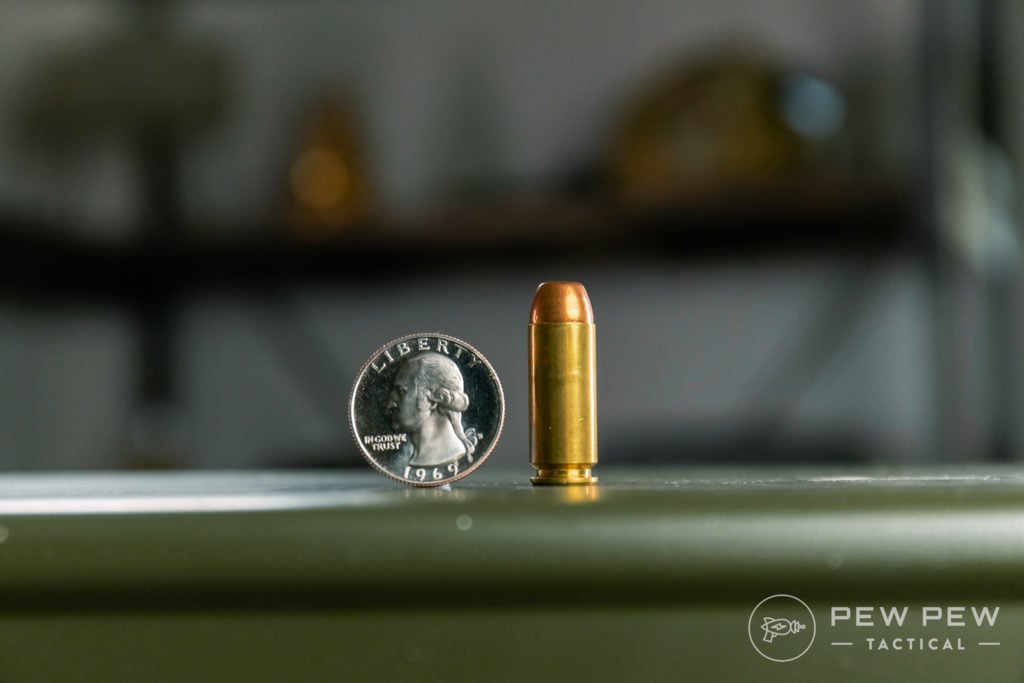
A standard model Bren Ten weighed 38 ounces with a 5-inch barrel and an overall length of 8.75 inches. The Bren Ten could also fire .45 ACP with a slide and barrel change.
Numerous models were built, including standard, compact, pocket, target, and competition models. There was also a Special Forces model that featured a black slide.
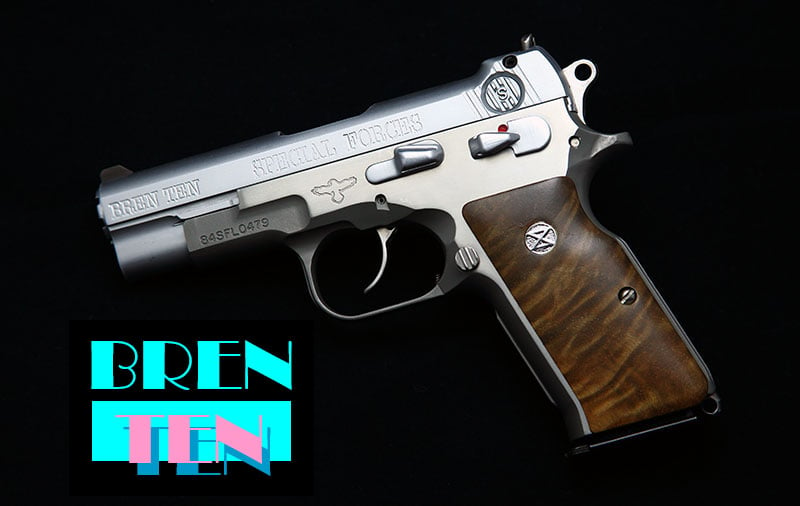
Various other limited editions were produced, including a run of 2000 Jeff Cooper limited edition guns that were supposedly all inspected by Cooper himself.
At the time, the CZ 75 was basically high-tech and offered a very ergonomic and robust platform, and a beefed-up 10mm CZ-style pistol seemed promising.
The Hype Machine Starts
Gun magazine after gun magazine touted the Bren Ten as the handgun of the future.
In an April 1981 magazine, Ken Hackathorn called the trigger one of the smoothest he’d ever experienced. Cooper said the same in a 1982 issue of Gun Digest.
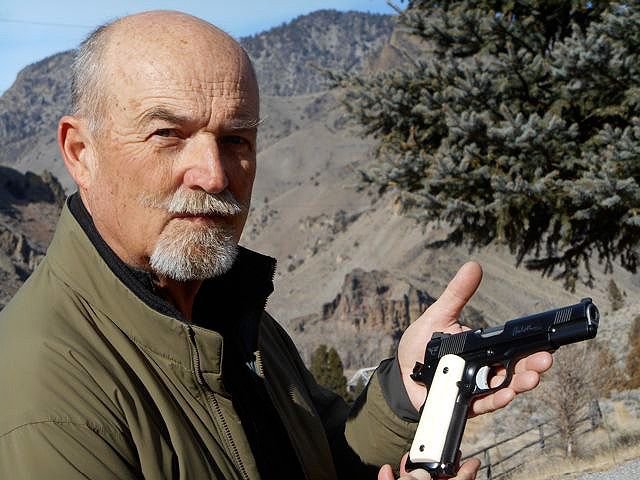
The hype was already palpable, and then a little show called Miami Vice premiered. Michael Mann, who is a bit of a gun nut himself, directed the series.
He wanted the latest and greatest gun, which meant the star character Sonny Crockett, played by Don Johnson, would go on to carry the Bren Ten.
Crockett wielded the Bren Ten for two seasons. The production used two guns built personally by Tom Dornaus. Funny enough, they were .45 ACP variants because 10mm blanks didn’t quite exist yet.
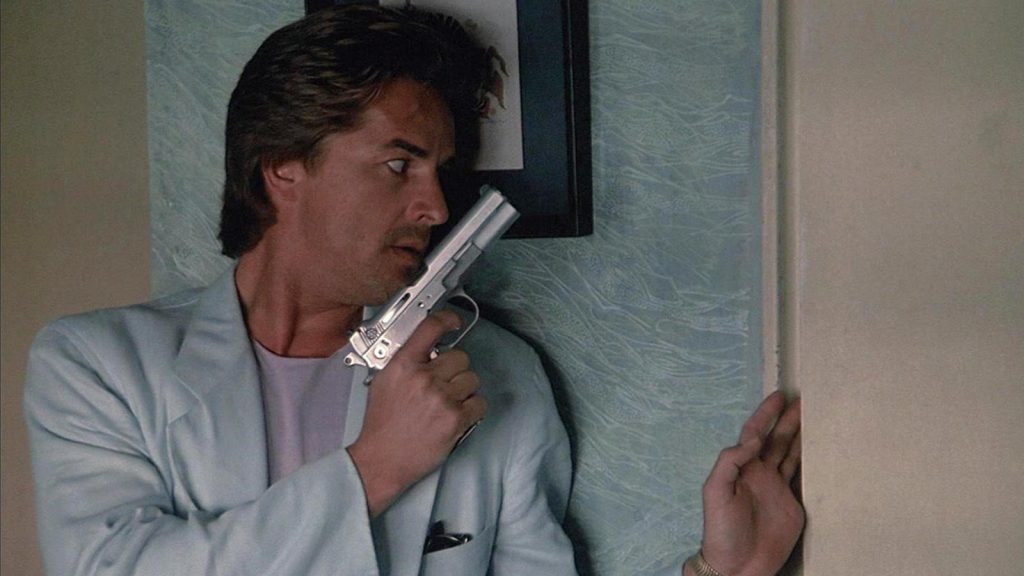
Miami Vice was a massive success. Bren Tens flew off the shelves, and preorders exploded, but the gun wasn’t ready for stardom.
Unfortunately, Dornaus and Dixon were met with immediate supply issues.
The magazines were contracted to an Italian firm, but the Italian government halted shipment of the mags, declaring them war materials.
So what was Dornaus and Dixon’s solution? Shipping guns without magazines and promising delivery at a later date.
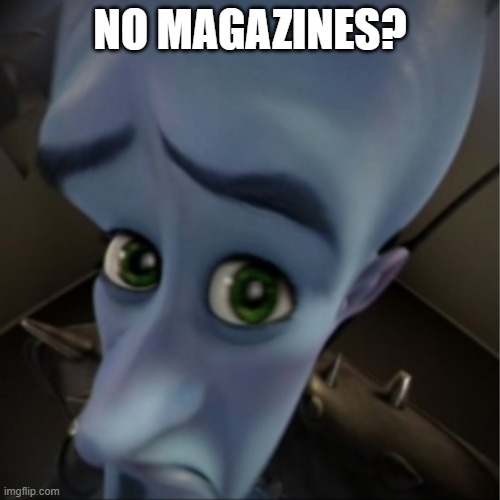
Weapons were being made so quickly that quality control couldn’t keep up. Soon the guns began suffering issues.
On top of that, the 10mm of the time was being loaded extremely hot, further exasperating durability issues.
This resulted in frames cracking, slides breaking, and more. Poor parts fitment resulted in unreliable guns. When a substandard product crops up amidst long wait times, people pull their money. That’s exactly what happened to Dornaus and Dixon.

Between canceled preorders, refunds, and a lack of magazines, the company went bankrupt — and Bren ten sank with that ship.
Final Thoughts
A few companies tried to revive Bren Ten, but public interest had waned; people had already been burned. Bren Tens are now collector’s items with a strong cult following.
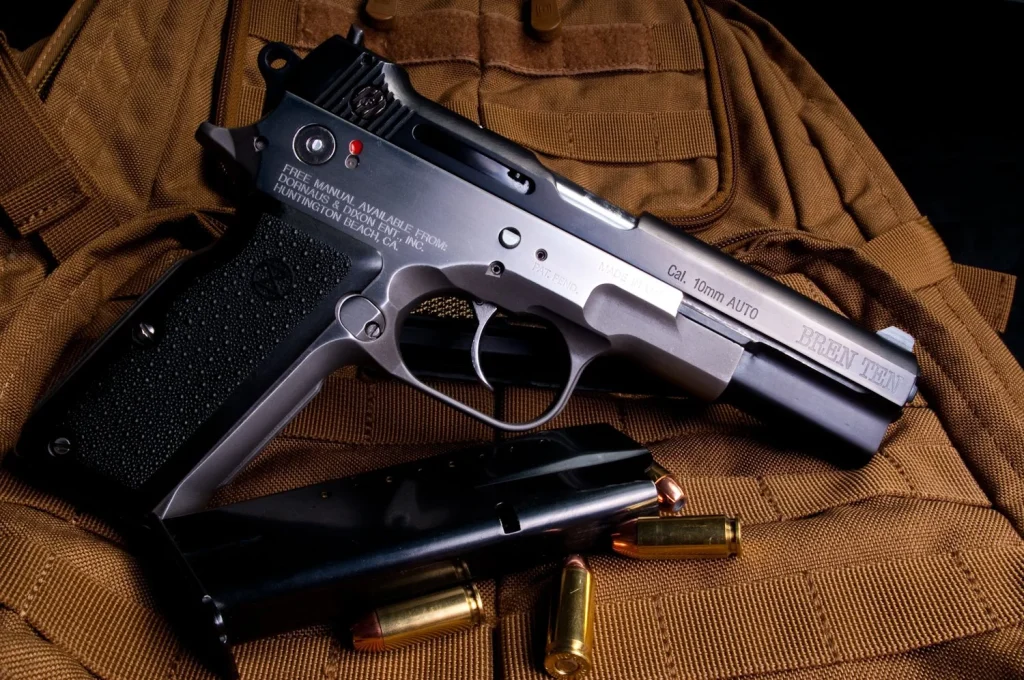
Would the Bren ten succeed today?
EAA has had 10mm options for its Witness (CZ 75-based) line for decades. CZ Custom also previously offered 10mm conversions for the CZ 97BD. Clearly, there is at least some market for 10mm CZ-style guns.
Would you like to see a comeback? Let us know in the comments below! Like the caliber? Check out our article on the Best 10mm Pistols and Handguns!

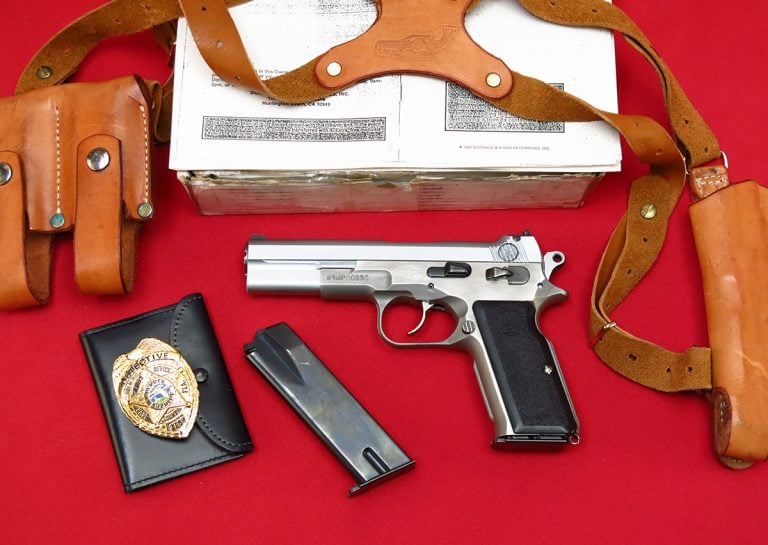
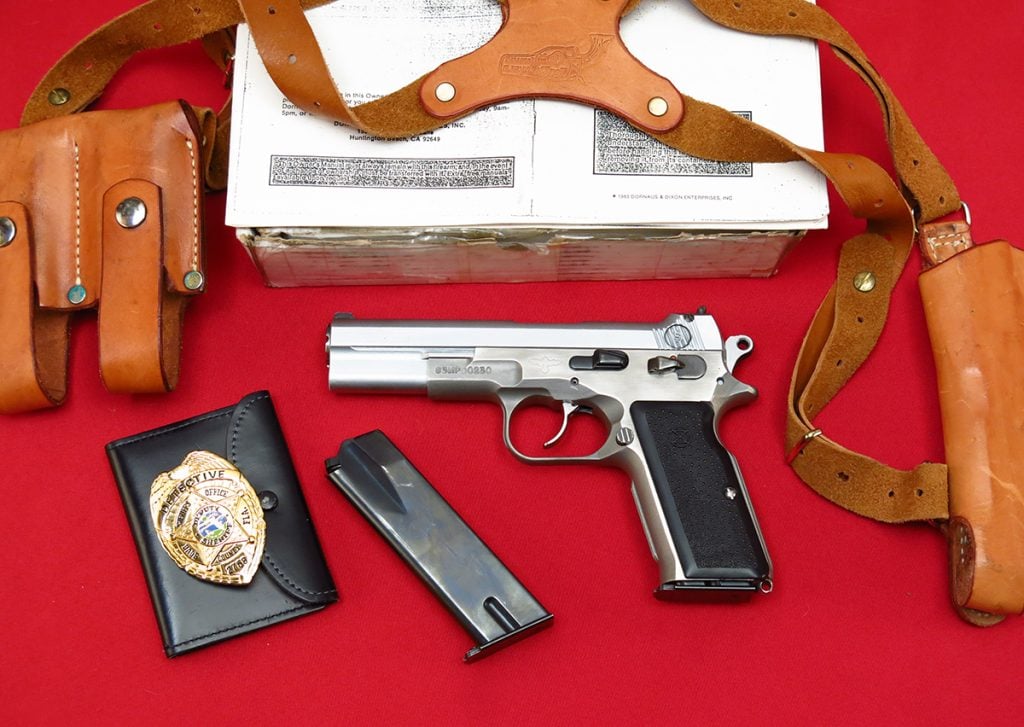







8 Leave a Reply
THIS.
Guess everyone's noticed, but the 10mm wasn't a "caliber that came to be after the Miami Dade shootout". I first read of the 10mm in 1983 ("Combat Arms" premier issue), and the incident occurred in '86.
I have a BREN TEN M&P built in '83. I have never shot it but it has been shot. When the company was starting to fail quality control was out the window. Porosity in the slides was unreal and they still shipped them out. Fractured slides were not uncommon. For that reason I will not shoot mine. A great idea,a poorly ran company.
The CZ 75 is an excellent handgun. I have one myself. (CZ Shadow 2.) I wanted to also get one in 10mm. CZ doesn't offer one. But Tanfoglio does. It's a CZ 75 chambered 10mm. The EAA Witness comes in a James Bond style attache case with extra springs and sights and cleaning kit. Very cool. I wanted the Witness tactical model but ended up with the Hunter with 6 inch slide which I'm very happy with. It is probably the most accurate gun in my stable. 10mm ammo is beginning to show up on the shelves again but mostly medium loads. That's fine for my Delta Elite and Springfield TRP. However I reload 10mm full house loads for the Tanfoglio.
I find it interesting that the Italian government restricted exportation of Bren Ten magazines just before Beretta's 9mm pistol would be adopted by the U.S. Military in 1985. The Bren Ten was supposed to be the 1911's replacement, according to Dornaus and Dixon Enterprises. Perhaps the lesson to learn here is, "Can you really trust your vendors?" Enough about the past! What is the future of the 10mm service pistol? Too much recoil for FBI agents to qualify with? This led to the development of the 40S&W. High pressure semi-auto handguns requiring too much maintenance and experiencing shortened service life because of the recoil? This recently brought an end to the 40S&W in law enforcement. Mostly, hunters are using the 10mm in handguns. Larger, heavier handguns with longer barrels give the hunters the power to take game while taming the recoil. So everyone wants the ballistic performance of the 10mm. But nobody wants the recoil. I've got the solution! Develop a new semi-auto handgun operating system, designed from the onset to better manage recoil. John M. Browning provided what the U.S. Army wanted in 1911, a reliable semi-auto to replace their trusted revolvers. I want to provide a low recoil 10mm option for all handgun users, especially the EDC category. To maintain the benefit of 10mm ballistics, it can't be a subcompact pistol. However, a compact 10mm handgun is within the realm of possibility. Imagine carrying a lightweight, powerful handgun that is easy to shoot and manipulate. Polymer framed, scandium/aluminum slide, 4.6 inch barrel, stack and a half magazine capacity, low bore axis, easy to rack, and increased ergonomic features all in a new 10mm handgun. I'm proposing the handgun of the future! Underlying everything that went wrong with the Dornaus and Dixon Enterprises attempt, was the recoil. Dornaus and Dixon Enterprises couldn't see beyond Browning's short-recoil, locked breech operating system. I can! I've got the conceptual design. I'm looking to put together a team of engineers and form a new firearms manufacturing company. All interest and comments are welcome.
I wish you good luck.
Personally, I don't think it can be done with the 10mm Auto cartridge.
I assume you know basic physics and the difference between energy and momentum, mass and velocity, "For every action, there is an equal and opposite reaction", etc.
Any handgun firing a 10mm Auto cartridge is going to "kick" (recoil), and a lighter gun is going to have more "free recoil" than a heavier gun (although a muzzle brake will reduce free recoil to an extent).
Although it won't effect theoretical "free recoil", I do believe good gun design can reduce, to an extent, "felt recoil". Features like low bore axis, rubber grips, extra long recoil movement of the slide and barrel with progressive strength recoil springs (or spring), and a good buffer system.
However, I don't think they can make enough difference to make a lightweight 10mm Auto easy to shoot.
Too bad Gyrojet rocket ammunition was so expensive.
Well, again, good luck, and I hope you have lots of money to spend, because I could be wrong.
Several years ago I read the book "Bren Ten: The Heir Apparent" by Ronald Carrillo.
As I recall, the original Bren Ten prototype was designed for the .45ACP cartridge. When Dornaus and Dixon showed it to Jeff Cooper, he convinced them to modify the design to it to fire a new, "hot", 10mm cartridge. In hindsight, it might have been TOO hot.
Using prototype magazines, Dornaus and Dixon found that, if properly made, the same magazine could be used in both 10mm and .45ACP versions of the gun. A contract to manufacture the magazines was given to the Italian company MEC-GAR. MEC-GAR took a long, long time to deliver the magazines, and when they finally arrived, they were accepted without thorough testing. Unfortunately, the magazines were not properly heat treated, and under the battering they took from the heavy recoil of early 10mm Auto ammunition, they soon became unreliable.
However, if used exclusively with .45ACP ammunition, they seemed to hold up okay. Desperate for money, Dornaus and Dixon started shipping 10mm Bren Tens without magazines to angry customers, with the promise that proper 10mm magazines would "soon" be available. The .45ACP versions of the Bren Ten WERE shipped with the early version of the MEC-GAR magazines, but with the caution not to use them with 10mm ammunition.
Eventually, Dornaus and Dixon started assembling 10mm compatible magazines themselves from American made parts, but it was too late. Deep in debt, they had to file for bankruptcy.
Every attempt to bring it back failed, by multiple companies...Most companies wanted to cut corners on some of the more expensive manufacturing processes (power seal barrel)..